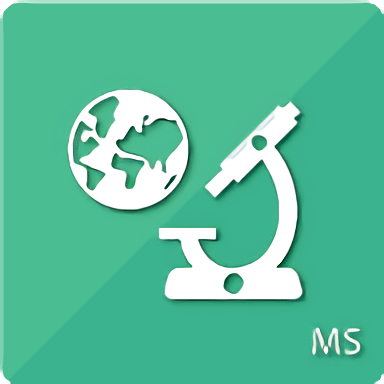- Home
- All Courses
- Science
- Life Science (MS) (2nd semester)

$250.00
Life Science (MS) (2nd semester)
Course Description
Life Science (MS) introduces students to the subject of biology and the structures and functions of living things. The course begins with instruction in the scientific method and the tools used to study tiny living things. The cell is the basic building block of life, so students will examine unicellular organisms and how the structures of the cell carry out the functions of life, including photosynthesis and respiration. The cells combine into tissues, organs, and systems. Students will discover the systems of the human body. The course then moves into a discussion of the basics of genetics. Finally, students learn about the various forms of life on Earth and how they interact in ecosystems.
Course Breakdown
Fertilization
The nucleus
DNA
Chromosomes
Genetics
Inheritance
Evolution
Natural selection
The rise of hominids
Biological classification Domain
Kingdom
Viruses
The plant kingdom
The nitrogen cycle
Protists
Fungi
The animal kingdom
Invertebrates
Mammals
Consumers and decomposers
Food chains
Symbiosis
Natural selection
Endangered species
Course Goals
Describe the similarities and differences between dominant and recessive traits.
Analyze common inheritance patterns.
Learn about different genetic diseases.
Describe what is meant by the survival of the fittest. Describe the various types of plants that exist.
Analyze the characteristics of the animal kingdom.
Learn about the key characteristics that define mammals.
Explain why certain species are going extinct.
eCourses
Social share
Basic
Your choice of 1 eCourse-
eCourse selection from the following options:
• Core or elective high school or middle school eCourses
• Career Preparatory eCourses -
Access to Expert Teachers for Support
• Teacher graded assessments and feedback
• Enrollment Services
Standard
Your choice of 2 eCourses-
eCourse selection from the following options:
• Core or elective high school or middle school eCourses
• Project-Based Learning eCourses
• Career Preparatory eCourses -
Access to Expert Teachers for Support
• Teacher graded assessments and feedback
• Enrollment Services
• A personal learning coach
• Access to a lesson video library
Premium
Your choice of THREE eCourses-
eCourse selection from the following options:
• Core or elective high school or middle school eCourses
• Project-Based Learning eCourses
• Social-Emotional Learning eCourse
• Career Preparatory eCourses -
Instructional and Student Support Services
• Teacher graded assessments and feedback
• A personal learning coach
• Access to a lesson video library
• Three live instructional sessions per week or six hours of tutoring support





